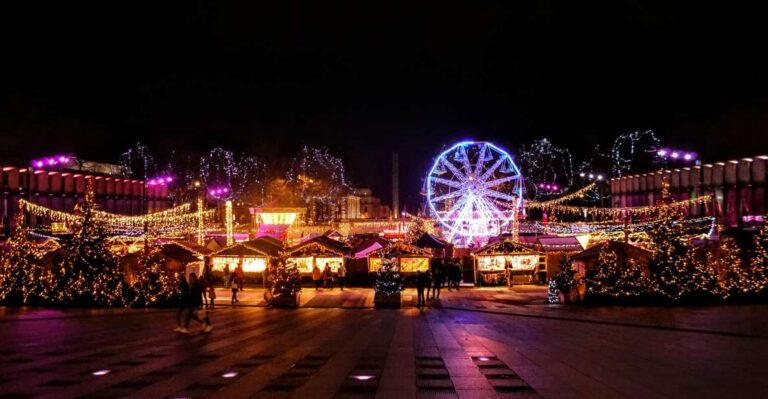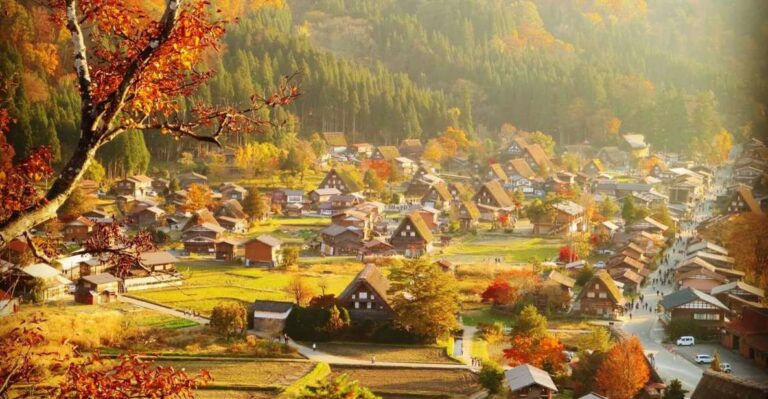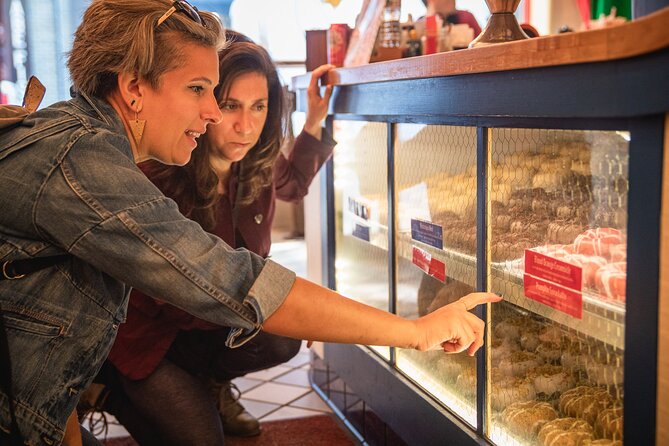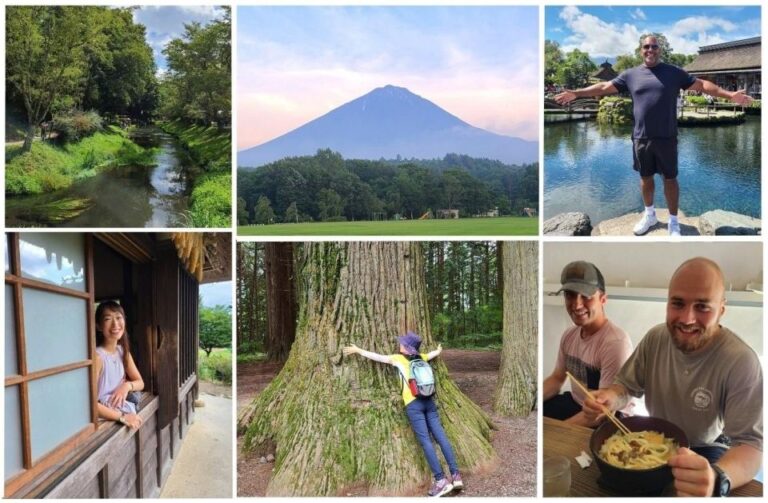Asakusa’s rich cultural heritage and architectural splendor have captivated visitors for centuries. On this immersive tour, guests can marvel at the grand Kaminarimon Gate, explore the serene Sensoji Temple, and partake in authentic spiritual rituals. However, the experience doesn’t end there. After this enlightening historical journey, participants are invited to savor an exquisite Japanese lunch featuring fresh, seasonal ingredients and meticulously prepared dishes that illuminate the deep-rooted traditions of the local cuisine. This multifaceted encounter offers a profound appreciation for Asakusa’s enduring legacy and the art of traditional Japanese culinary practices. What secrets might this sumptuous meal unveil?
Key Points
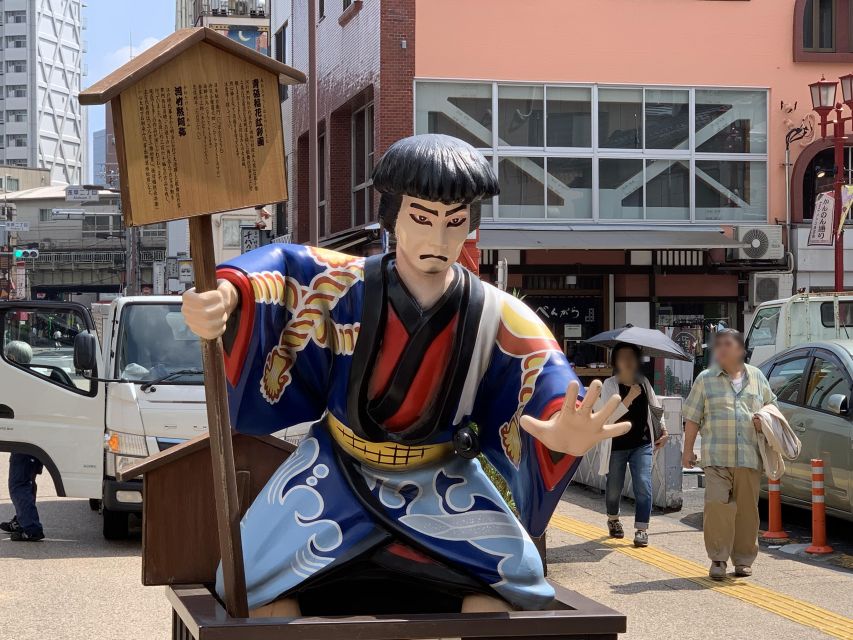
- Immersive walking tour exploring Asakusa’s 1400-year-old history, iconic landmarks, and traditional Japanese architecture.
- Participation in Sensoji Temple rituals, including purification and making offerings, to connect with rich spiritual heritage.
- Visit to Asakusa Shrine for authentic cultural experiences like performing purification rituals and purchasing talismans.
- Savoring a traditional Japanese lunch featuring fresh, locally-sourced ingredients and insights into culinary traditions.
- Convenient tour package including lunch, with flexible booking and cancellation options for travelers.
Discovering Asakusa’s Captivating History
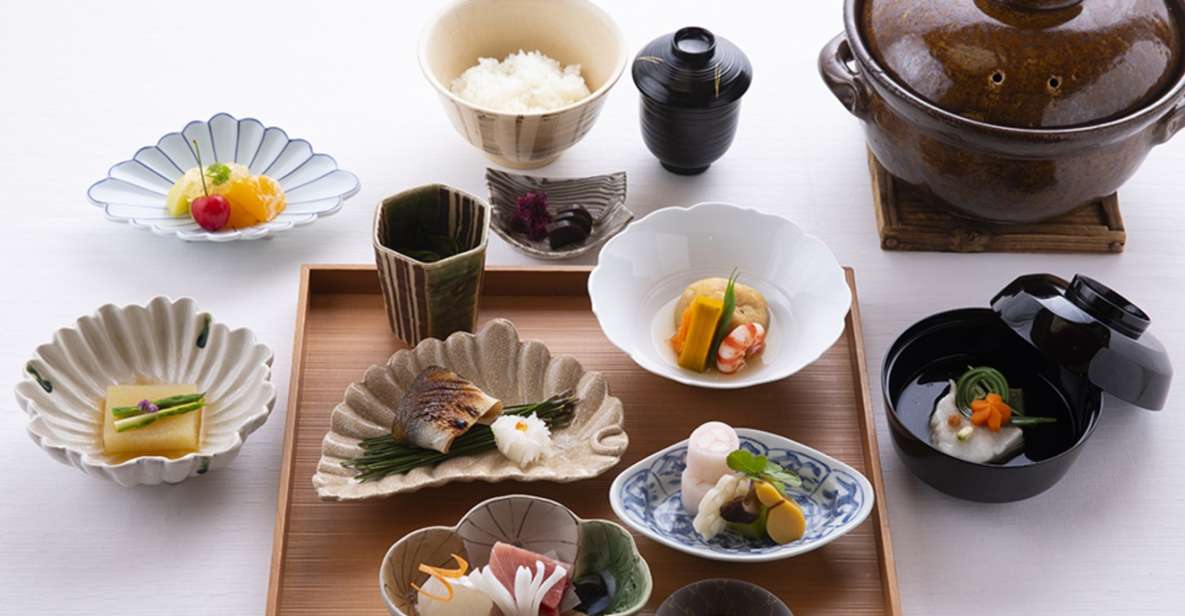
Asakusa’s captivating history dates back over 1400 years, with the area serving as a center of traditional Japanese culture and spirituality.
The walking tour explores this rich heritage, guiding visitors through the district’s iconic landmarks. Visitors marvel at the grand Kaminarimon Gate, the entrance to the famous Sensoji Temple. They then proceed to the stunning Hozomon Gate, admiring the temple’s intricate architectural details.
The tour also includes a visit to the Asakusa Shrine, where participants can engage in traditional rituals.
Throughout the journey, the knowledgeable English-speaking guide shares fascinating insights into Asakusa’s enduring significance in Japanese history and its continued role as a hub for cultural preservation.
Marveling at Traditional Japanese Architecture
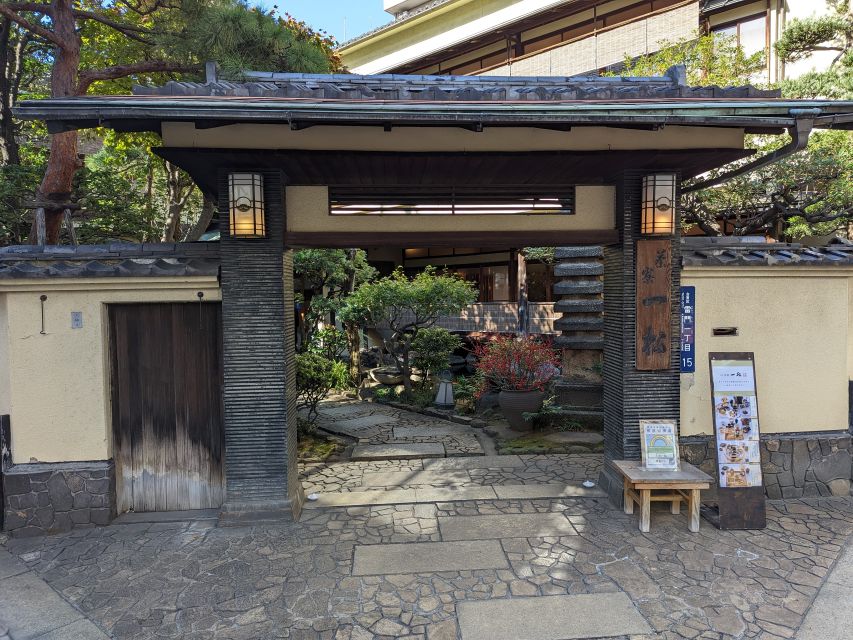
Throughout the walking tour, visitors commonly marvel at the captivating traditional Japanese architecture that defines Asakusa’s iconic landmarks.
From the towering grandeur of the Kaminarimon Gate to the ornate detailing of the Hozomon Gate, the district’s buildings showcase the enduring mastery of Japanese design.
At the heart of the area stands the magnificent Sensoji Temple, its magnificent structure featuring intricate carvings, vibrant colors, and a serene ambiance that transports visitors back in time.
Even the smaller shrines and shops exhibit the hallmarks of traditional Japanese aesthetics, from the elegant roof lines to the delicate woodwork.
As the tour progresses, guests gain a deeper appreciation for the architectural splendor that has defined Asakusa for over a millennium.
Taking in Sensoji Temple Rituals
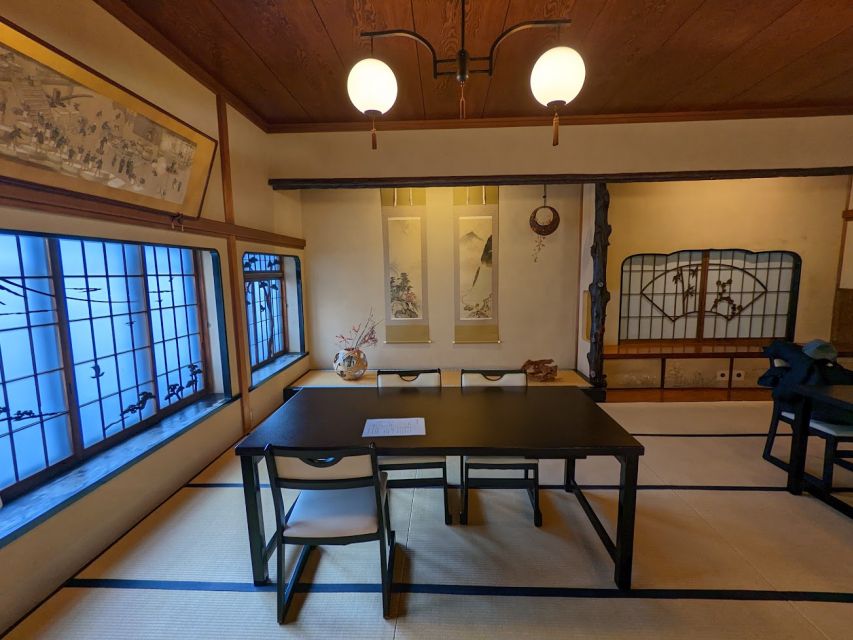
As the walking tour progresses, visitors have the opportunity to enjoy the captivating rituals of Sensoji Temple.
Guided by the knowledgeable tour leader, they participate in traditional practices that have been integral to this sacred site for over 1,400 years.
At the main altar, they observe the purification ritual of wafting incense smoke over their heads, believed to cleanse the body and mind.
They also learn how to properly offer prayers and make wishes by tossing coins into the large offering box.
These authentic cultural experiences allow visitors to connect deeply with the rich heritage of Asakusa and develop a profound appreciation for Japan’s enduring spiritual traditions.
Exploring Asakusa Shrine Traditions
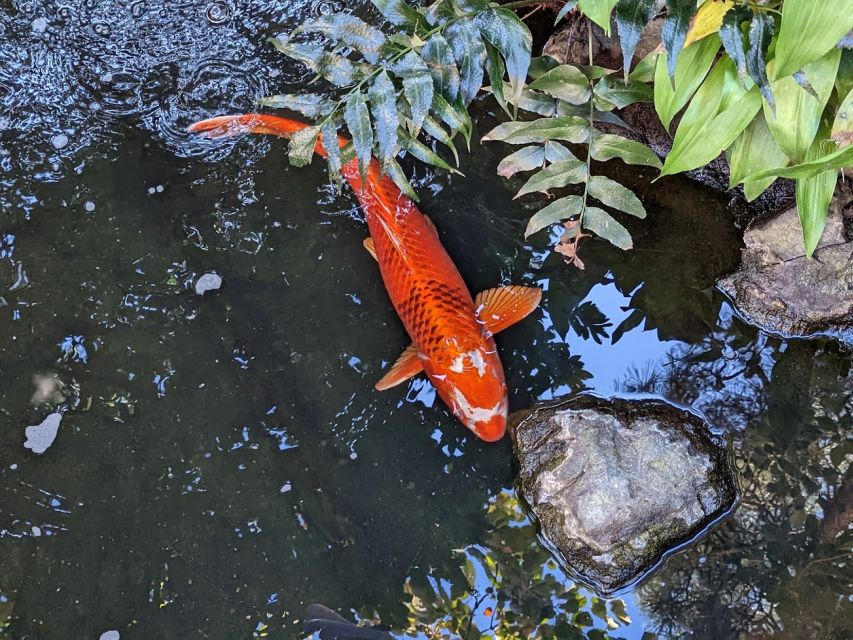
After seeing the rituals of Sensoji Temple, visitors then explore the unique traditions of the nearby Asakusa Shrine.
This Shinto shrine, nestled within the bustling district, offers a serene sanctuary where guests can engage with age-old spiritual practices.
Some of the highlights include:
- Performing the customary purification ritual by washing one’s hands and mouth with the shrine’s sacred water
- Tossing a coin into the offering box and making a wish as they clap their hands in prayer
- Purchasing omamori talismans to bring good luck, protection, or other desired blessings
- Admiring the intricate carvings, paintings, and architecture that showcase Japan’s rich cultural heritage
Through these authentic experiences, travelers deepen their understanding and appreciation of Asakusa’s spiritual traditions.
Savoring an Authentic Japanese Lunch
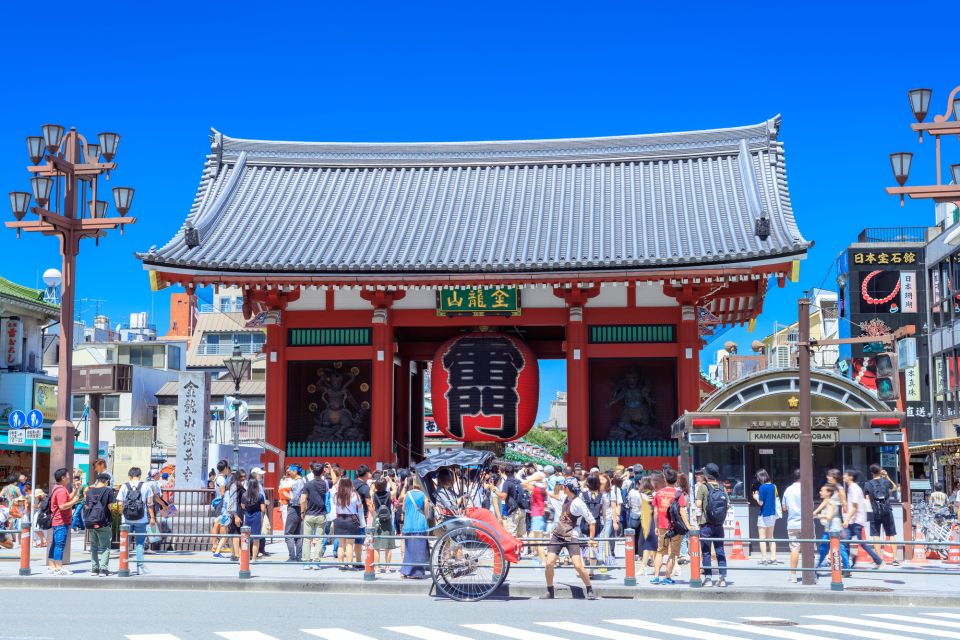
Upon concluding the enriching history tour, visitors are treated to an authentic traditional Japanese lunch, savoring the flavors and insights provided by their knowledgeable guide.
The meal features a variety of traditional Japanese dishes, freshly prepared using high-quality, locally-sourced ingredients. The guide explains the cultural significance and preparation methods of each dish, allowing participants to deepen their understanding of Japanese cuisine.
From delicate sushi and sashimi to hearty miso soup and perfectly-seasoned rice, the lunch experience is a true culinary adventure. Diners have the opportunity to ask questions and gain a deeper appreciation for the intricacies of Japanese food culture.
This immersive lunch caps off the Asakusa exploration on a delightful note.
Uncovering Ingredients and Preparation Insights
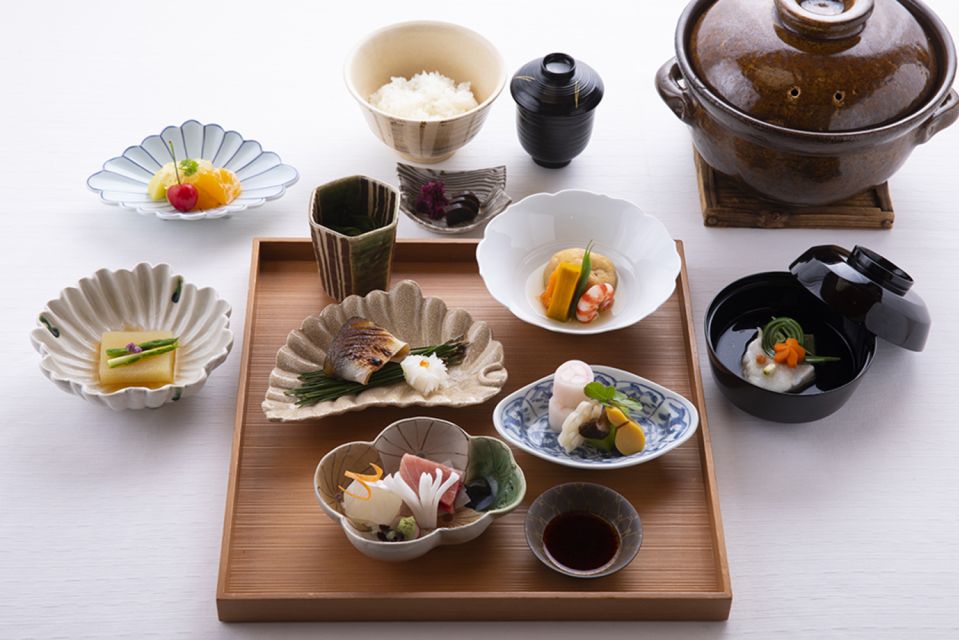
The knowledgeable guide elaborates on the carefully selected ingredients and traditional preparation methods that imbue the authentic Japanese lunch with its rich, nuanced flavors.
They explain that the meal features:
- Fresh, seasonal produce sourced from local markets
- High-quality proteins like sustainably caught seafood or heritage breed meats
- Artfully fermented condiments like miso and soy sauce
- Precise cooking techniques passed down for generations
Through this insightful commentary, the group gains a deeper appreciation for the culinary traditions and cultural significance behind each harmonious bite. The guide’s expertise illuminates how this quintessential Japanese dining experience represents the pinnacle of mindful, time-honored gastronomy.
Booking Information and Cancellation Policy
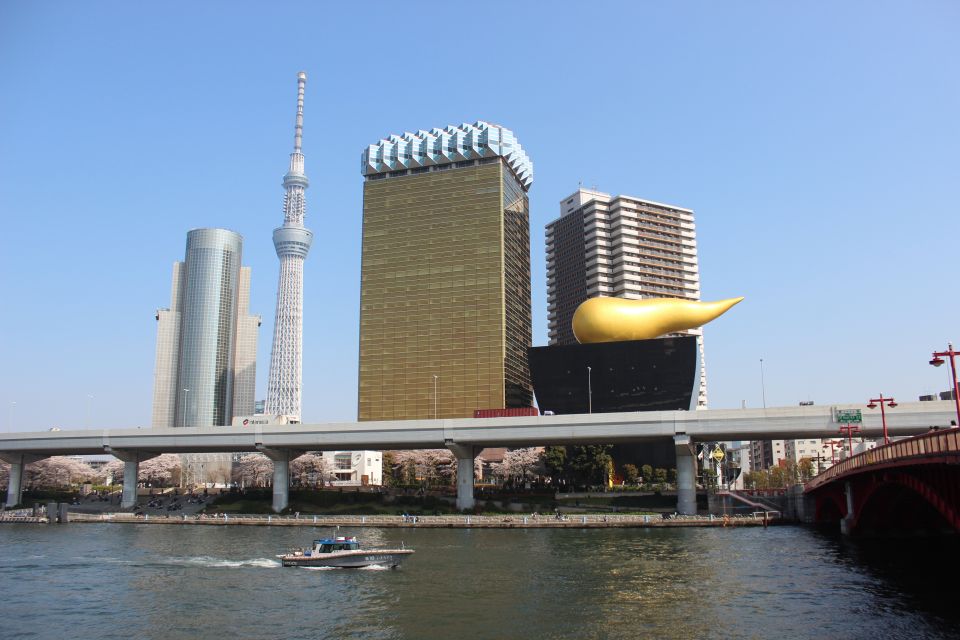
Visitors can book the Asakusa walking tour and traditional Japanese lunch experience for $169.07 per person, with the option to reserve now and pay later.
The tour also offers free cancellation up to 24 hours in advance, providing flexibility for participants. This allows travelers to secure their spot on the tour with ease and adjust their plans if needed.
The meeting point is conveniently located at the Asakusa subway station, with the group gathering outside the Burger King restaurant at Exit 4.
Meeting Point and Getting There
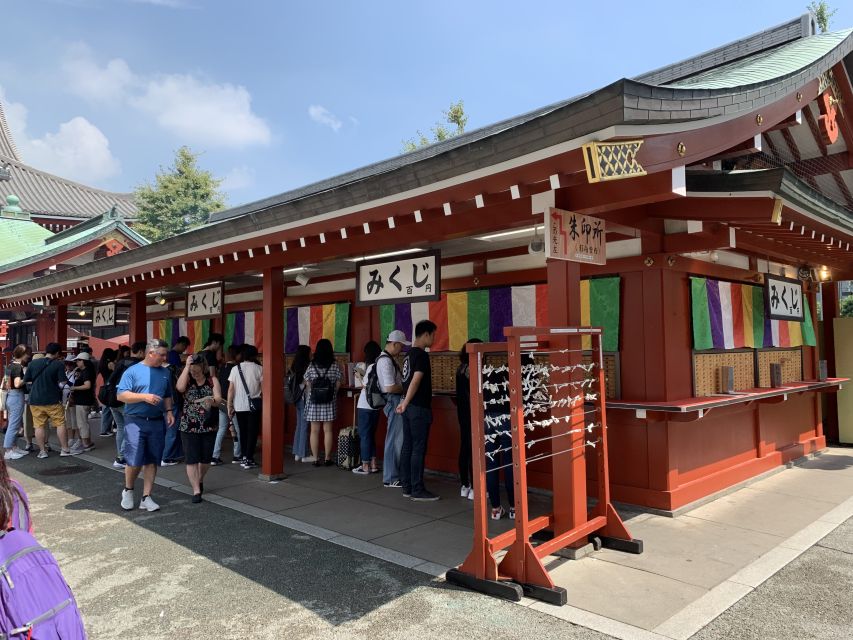
Participants meet at the conveniently located Asakusa subway station, gathering outside the Burger King restaurant at Exit 4.
From this central meeting point, the tour begins as guests follow their knowledgeable guide on an immersive exploration of Asakusa’s rich history and cultural traditions.
The meeting location offers several advantages:
- Easy access via the Ginza subway line
- Visible and recognizable landmark for a smooth start to the tour
- Proximity to the tour’s main attractions in the Asakusa district
- Ample space for the group to assemble before setting out on the walking tour
With the starting point clearly established, guests can look forward to an engaging and enlightening journey through one of Tokyo’s most iconic neighborhoods.
Frequently Asked Questions
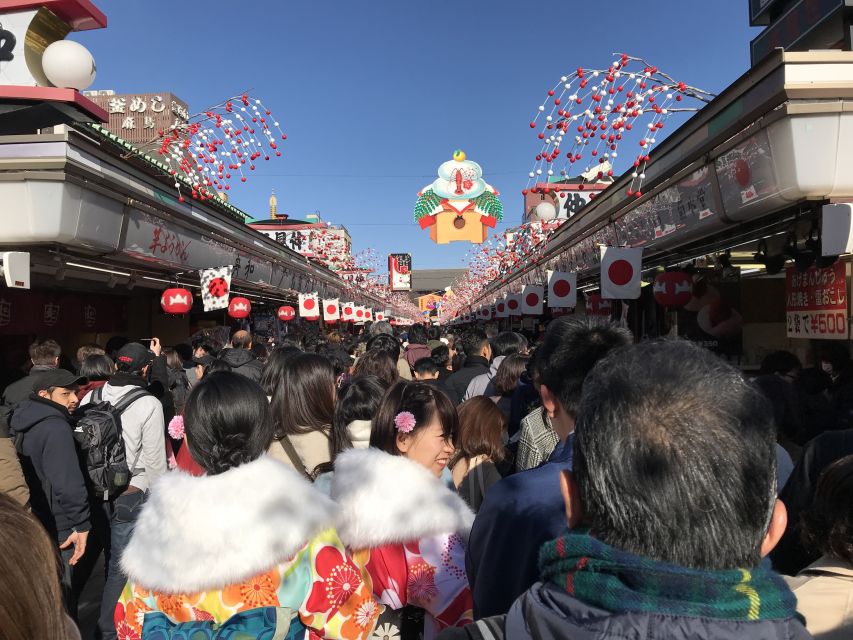
Can I Take Photos During the Tour?
Yes, visitors are generally allowed to take photos during the tour. The guide encourages guests to capture the stunning architecture, cultural rituals, and vibrant atmosphere of Asakusa’s historic sites throughout the walking tour.
Are There Any Dress Code Requirements?
There are no strict dress code requirements for this walking tour. Participants are advised to wear comfortable, weather-appropriate clothing and shoes. While formal attire isn’t necessary, visitors should avoid overly casual or revealing outfits out of respect for the cultural sites.
Is the Tour Suitable for Children?
The tour is suitable for children, as it involves walking, observing traditional architecture, and participating in cultural rituals. The guide provides engaging, child-friendly information throughout the experience. Families can enjoy learning about Tokyo’s history together.
Can I Leave the Group During the Tour?
Participants are generally expected to remain with the tour group throughout the experience. However, the tour guide may allow brief breaks or time for individual exploration, as long as the participant rejoins the group as instructed.
Is the Tour Wheelchair Accessible?
The tour is wheelchair accessible. The guide can accommodate guests with mobility issues, and the paths and sites visited during the tour are designed to be accessible for wheelchair users.
Recap
This immersive Asakusa tour offers visitors a profound appreciation for the area’s enduring heritage.
From marveling at the grand Kaminarimon Gate to exploring the serene Sensoji Temple, the experience culminates in an authentic Japanese lunch featuring fresh, seasonal ingredients.
Visitors leave with a deeper understanding of the cultural significance of traditional Japanese cuisine and architecture.

